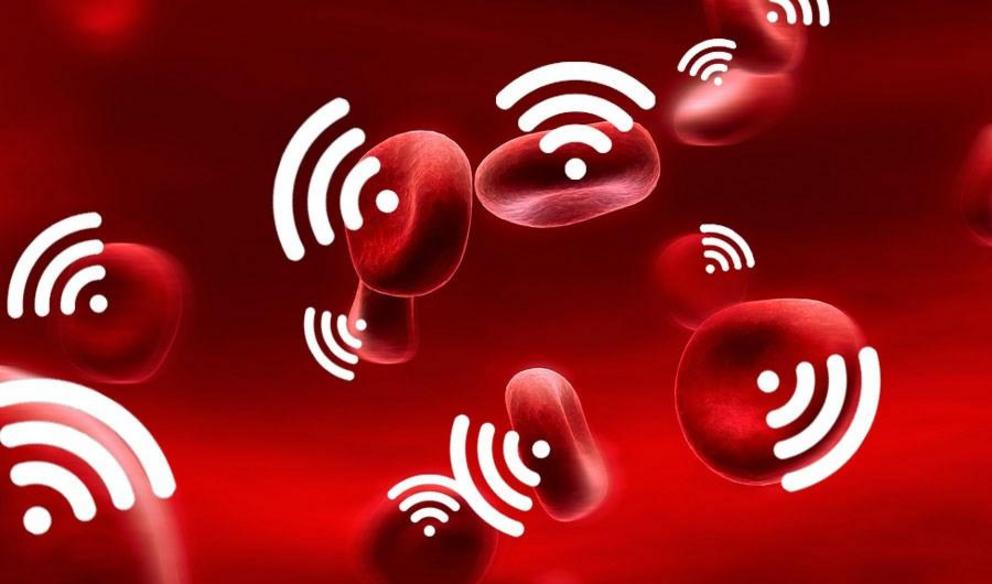Microscopic RFID chips to embed in human cells
- in case you missed it the first time
The smallest chip the team has developed so far measures 22 microns (about a fifth the thickness of a human hair), which they plan to test reading with a specialized RFID interrogator.
Aug 30, 2017One physical limitation that RFID technology has faced as it has been adopted in most vertical markets is chip size. Although chips have become smaller (they can now be inserted into a tag the size of a grain of rice, for instance), that is still too large for some applications.
Researchers at Stanford University are now several phases into a development project to create a passive, 60 GHz RFID transponder that is small enough to be inserted into a human body's cell. Thus far, the group has been able to scale the chip and antenna down to about 22 microns (0.0009 inch) wide—one fifth the diameter of an average human hair—which is small enough that it could be inserted inside a cell, and thus be read throughout a person's body. The chip, in fact, has been inserted into a mouse melanoma cell. RFID could also be placed within a mass of cells, such as a tumor.
The group has designed a specialized RFID reader to transmit to—and receive responses from—a tag that small. Researchers call this miniaturized tag and associated specialized reader a promising step toward continuous, real-time monitoring of activities at cellular levels.
Both Hitachi and Murata have developed very small RFID tags. Hitachi's chip measures 300 microns (0.01 inch)—see Hitachi Unveils Smallest RFID Chip. The Murata tag, however, measures approximately 700 microns (0.03 inch)—see Murata Mass-Produces 'World's Smallest HF Tag'.
The Stanford team's chip is too small to be seen with the human eye. The researchers—members of the university's electrical engineering department—call the system a micrometer-scale magnetic resonance-coupled RFID transceiver for wireless sensors in cells. Their goal is to create the chip with an associated RF antenna at a microscopic size, so that it could be used for health-care diagnostic and research purposes. For instance, a chip embedded in a person's living cell could remain inert in a specific part of the body, and respond to interrogation from a reader outside the body, in order to indicate where it is located, as well as any sensor-based data if linked to such technology.
The octagonal-shaped tag consists of several layers. One layer is a piece of titanium measuring 5 nanometers (0.0000002 inch) in thickness, with gold film measuring 200 nanometers (0.000008 inch) laid on it, while the second layer is a sheet of aluminum 1,000 nanometers (0.00004 inch) in thickness. Finally, a 16 nanometer (0.0000006-inch)-thick electrical insulated layer of hafnium dioxide is included. The layers are encapsulated in silicon dioxide to protect the tag and the cells that come in contact with it. The tag is encoded with a unique identifier that makes it possible for health-care providers and other users to identify it within a mass of tissue or cells.

